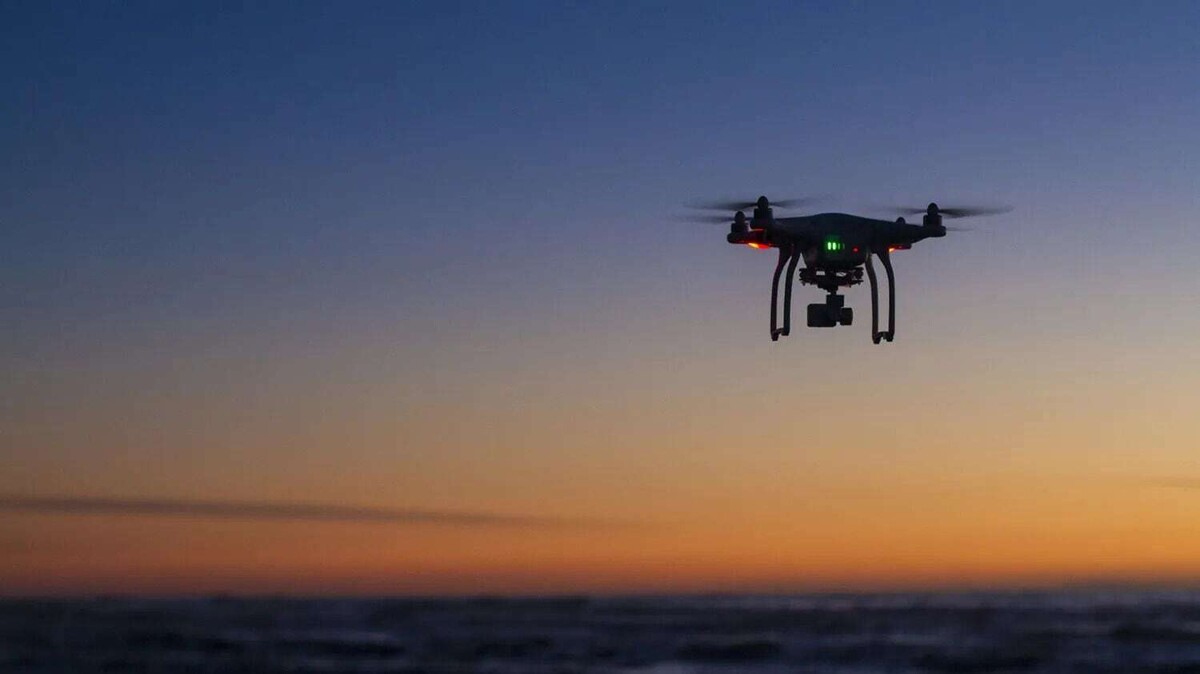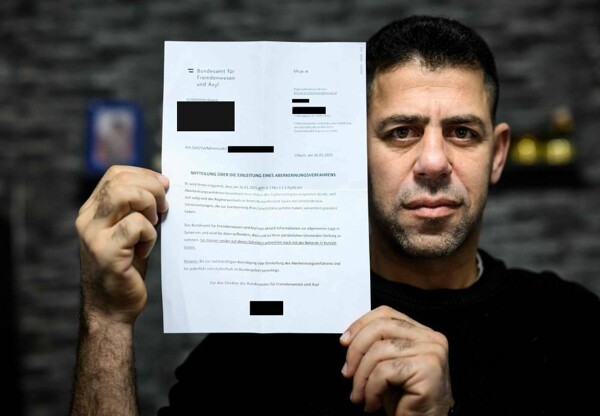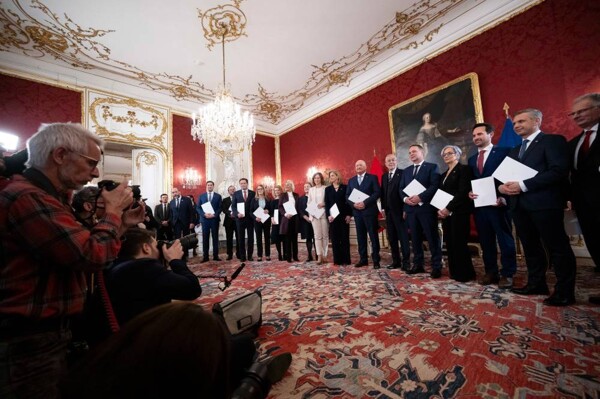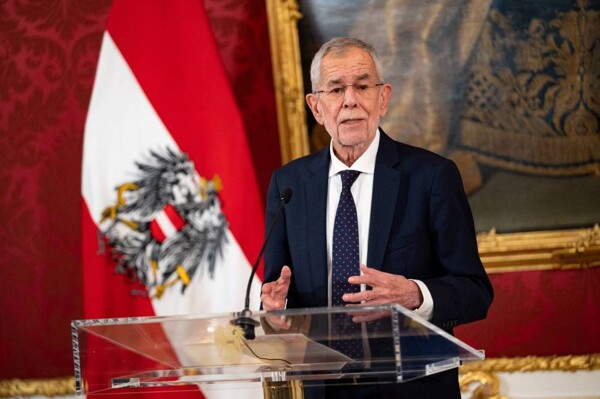
The International Narcotics Control Board (INCB), an autonomous body of the United Nations (UN), issued its annual report on Tuesday, March 4, in Vienna, Austria, warning about the increasing use of drones by drug traffickers for both monitoring transport routes and for drug transportation. According to the INCB, countries like Colombia, the United States, and Mexico have reported incidents where drones were employed in drug trafficking-related activities, mainly near borders and correctional facilities.
The U.S. Customs and Border Protection reported around 10,000 incursions in the Rio Grande Valley in 2022, a drug trafficking corridor coming from Mexico. In Europe, drones have also been seized that were used to transport drugs from Morocco to Spain, as well as between India and Pakistan, according to the INCB in its '2024' report, based on official data from member states and other agencies over the last three years.
The drones used for drug trafficking generally operate over short distances with a limited cargo capacity of up to a few kilograms. These devices are equipped with satellite navigation technology, allowing traffickers to pre-schedule landing spots for safe and precise delivery of packages, the INCB acknowledged, tasked with ensuring compliance with international drug control treaties.
In some countries like the United Kingdom and the United States, there have been instances of drugs being clandestinely introduced into correctional facilities by drones. Unlike general-use drones for surveillance, those used for cross-border trafficking are often single-use, with a transport capacity of up to 100 kilograms.













